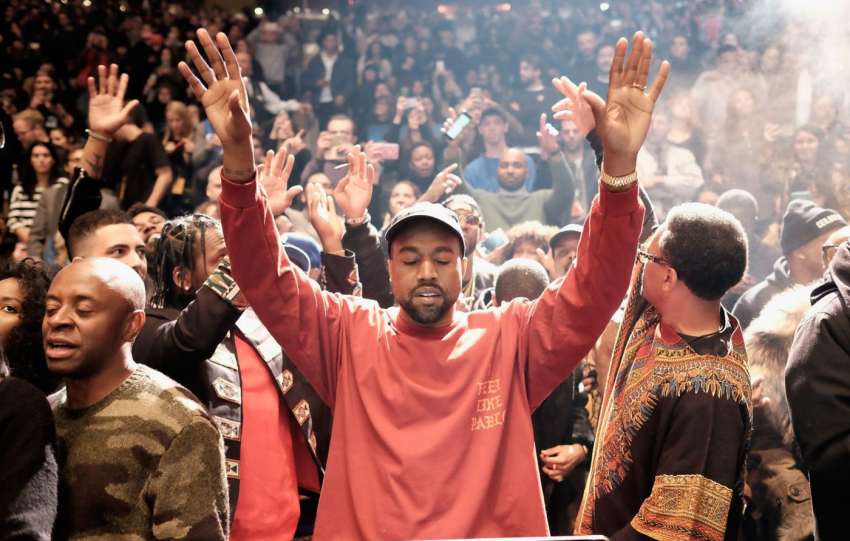One of evolutionary psychology’s most powerful discoveries is the observation that men and women differ in the qualities they prefer in potential mates. In study after study, in country after country, psychologists have consistently found that men prioritize looks over wealth, while women prioritize wealth overlooks. But what explains this gender difference in mate preferences?

Women are more motivated to pursue wealth and status than to procreate. Research from the University of Oxford and the University of Sheffield shows that while low fertility seems to contradict traditional views of developmental success when a woman is given a chance to advance in life, it delays and reduces her fertility.
These findings are based on interviews with 9,000 women in Mongolia, a country that has undergone an abrupt transition from a Soviet-style state to mass privatization. While the older cohort living under communist rule had larger families when they were wealthier, younger women living in a more capitalist system were more likely to seek their own happiness and social status as mates before establishing a marriageable household climbing the social ladder, and earning a living. Money through education (if gender equality is promoted). With the dominance of the free market, women who have children later in life to educate themselves become more affluent.
That wealthy and socially affluent people have small families may contradict the classical theory of evolutionary success, since lower fertility leads to fewer genetic offspring. However, he suggests that this research builds on other research that has shown that people are primarily status-oriented. If status-seeking behavior has led to reproductive success throughout evolutionary history, it may have been favored by natural selection.
The study examined the relationship between women’s attitudes towards pregnancy and wealth in and within regions (which vary according to the degree of urbanization). The researchers analyzed survey data from 9,000 women aged 15 to 49 and more than 4,000 husbands. They were asked about income, household equipment, level of education, the total number of children born, and several children already born when using contraceptive methods for the first time.
The education of women in rural and urban areas was essentially similar under the communist regime; In all regions, wealthier women had larger families, as predicted by classical evolutionary models. In the younger cohort, however, the relationship is reversed. Wealth is associated with small family size, with women from the wealthiest households starting contraception before having their first child or after having one or two children, while women from the poorest households starting using contraception after having three, four, or more children had five children.

This pattern of behavior arose because the transition to a market economy opened up more economic opportunities for educated women. This effect was three times stronger in cities than in remote rural areas.
The search for a woman’s status may depend on the context: while family wealth in urban Mongolia predicts a greater incentive to have children later in life, fertility is higher among the wealthiest in Addis Ababa, as large families unite in this demographic have female status.
Men are looking for healthy, fertile women who will give them quality offspring. While female fertility increases in the late teens and peaks around age 25, males tend to prefer mates in this age group. Also, female beauty traits — like a low waist-to-hip ratio, fair skin, and shiny hair — are signs of good health, so it’s natural for men to find them attractive.
On the contrary, as the theory goes, women are naturally disadvantaged when it comes to acquiring resources. They are physically weaker than men and being pregnant and raising children limit their mobility. As such, females depend on males to provide for themselves and their offspring and therefore value resources more than it might appear in a potential mate.
In the late 20th century, women made great strides in restoring gender equality that had been lost with the advent of agriculture. Hence, social role theory predicts that women’s preferences for mates should return to resource-seeking to the extent that they no longer depend on men to provide for them. When Eagle and Wood reviewed cross-cultural data on gender differences in mate preferences, they were confident they had found such a pattern.
Women’s tendency to choose mates based on wealth rather than looks may have evolved from our hunter-gatherer past. Data from modern female responses seems to support the concept of evolved preferences, but this theory contradicts what we know about hunter-gatherer lifestyles. Female mating preferences may also be a response to the social roles assigned to them in today’s society. Perhaps females would turn to resources if they didn’t have to worry about the economic consequences of their mating decisions.





